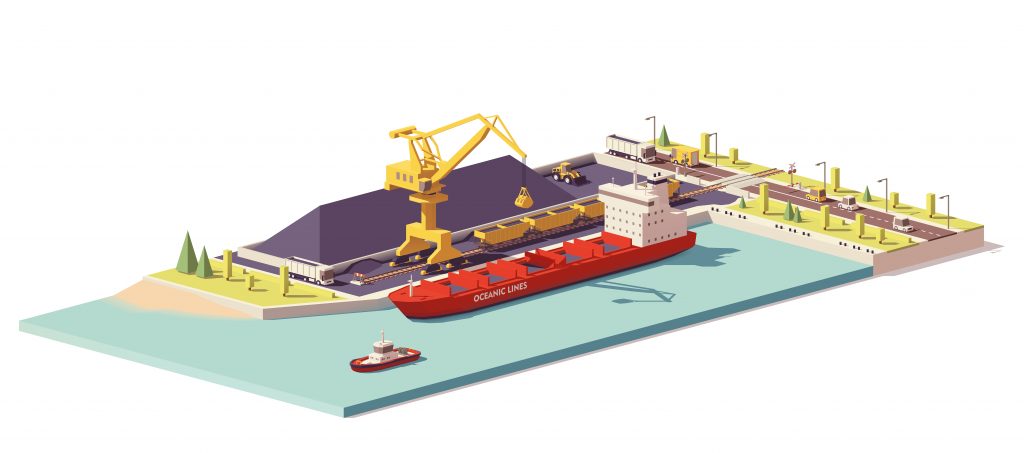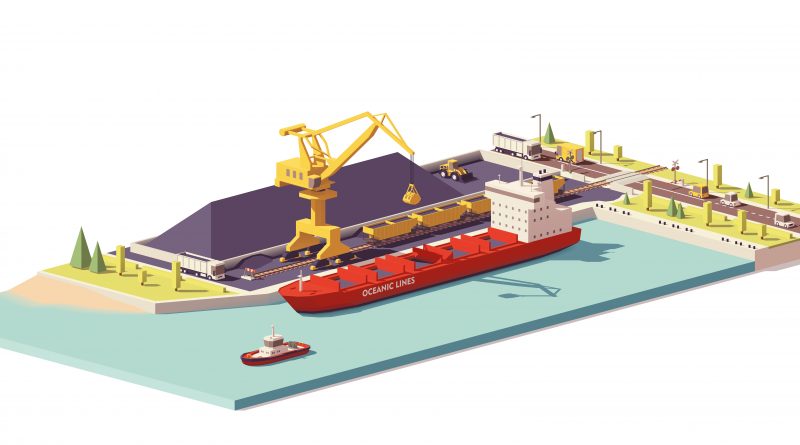MDHHS and LIHEAP: We’ll Pay For Fossil Fuels. Weatherization, Not So Much.
At an MPSC workgroup meeting this morning on Energy Waste Reduction specifically for the low to moderate income (LMI) market segment, the Department of Health and Human Services delivered some welcome news: Michigan is receiving $240 million in federal pandemic recovery funds to support its LIHEAP program. This works out to approximately $184 per low-income Michigander, or, probably as much as several hundred dollars per low-income utility ratepayer. That’s great, right? Well, not so fast.
More LIHEAP, Less Sustainability
As I’ve written before, LIHEAP– subsidizing low-income utility bills without reducing the energy usage of those ratepayers- is quite literally sending money up in smoke. LIHEAP does dedicate some money to weatherization and housing retrofits. But most of it is not dedicated to weatherization. And, because it’s distributed federally and administered– often supplemented- by state agencies, there’s clearly a misalignment of incentives in places that don’t seem to understand that this funding is effectively tantamount to a direct subsidy to the fossil fuel industry and doesn’t actually help reduce people’s bills, carbon footprint, or improve their health– things that all weatherization and energy retrofit programs should be focused on.

Why Not Weatherization Assistance Program, Seven Days A Week?
MDHHS’ response? It’s too complicated and onerous to train new contractors for the program. I asked if there wasn’t a possibility to consider contractors as construction managers and subcontract out projects under their supervision. MDHHS’ representative says no– DOE’s requirements are too stringent to onboard new companies in a short time. That doesn’t really address the subcontracting question. Most construction work ends up getting subcontracted. This drives up costs, yes. In a competitive residential construction economy, a company “self-performs” its own work, which means that the general contractor pulls permits and directly employs staff who get the job done.
But a lot of GC’s often act as construction managers instead of self-performing, essentially collecting a finder’s fee and then letting someone else do all of the work– even obtaining the necessary permits in some cases. But while the layers of contractor-subcontractor-sub-subcontractor may drive up costs, it also allows a sort of vertical hierarchy of accountability if a certified someone is subcontracting to other companies. In short, while I don’t have intimate knowledge of the DOE’s requirements, I don’t see any technical reason why this can’t be done. MDHHS is copping out. And the result is that we’re facilitating a massive, nine-figure transfer of taxpayer money directly to burning fossil fuels. Like I done said before– up in smoke.




